Shop
CAEL Skid Steer 72/86/96″ Dozer Blade/Snow Plow
CAEL Skid Steer 72/86/96″ Dozer Blade/Snow Plow
Pay just 1% now as a deposit. The remaining balance will be due later.
Couldn't load pickup availability
Share
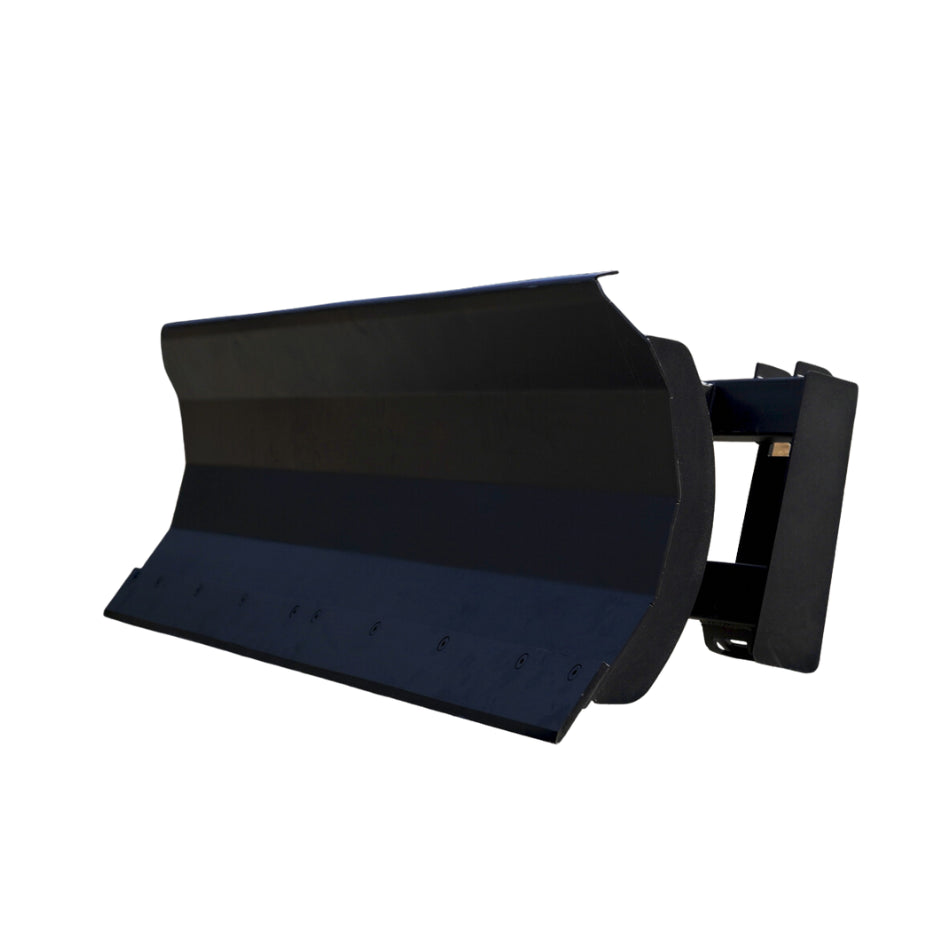
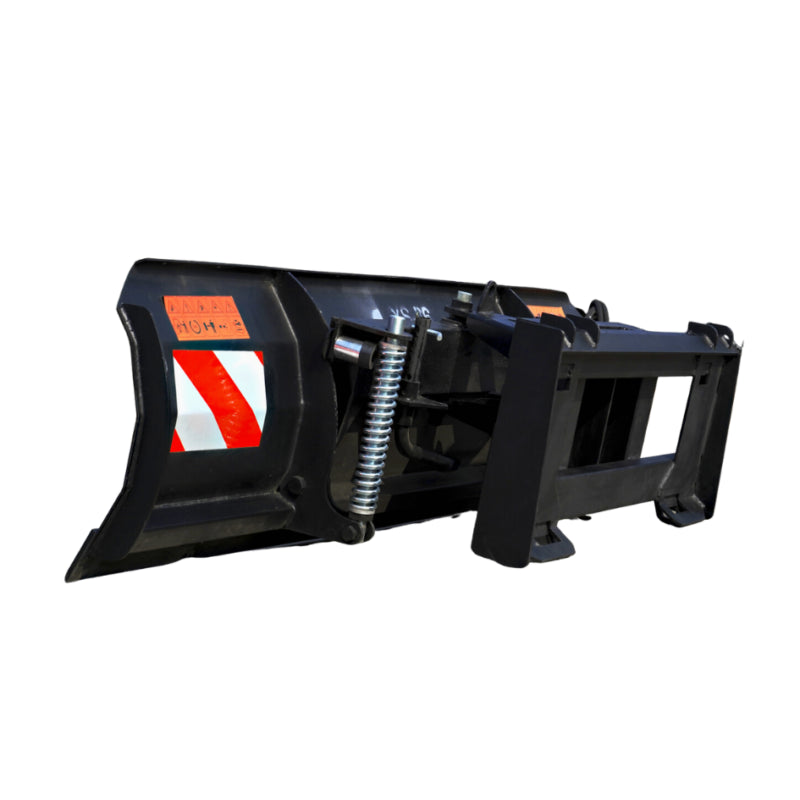
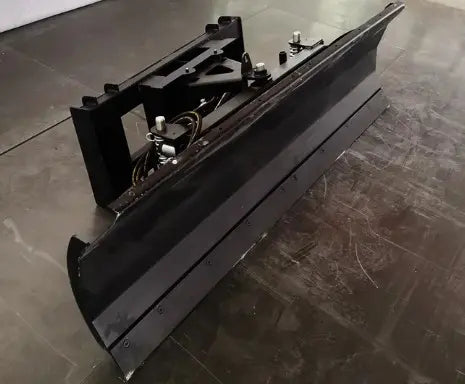
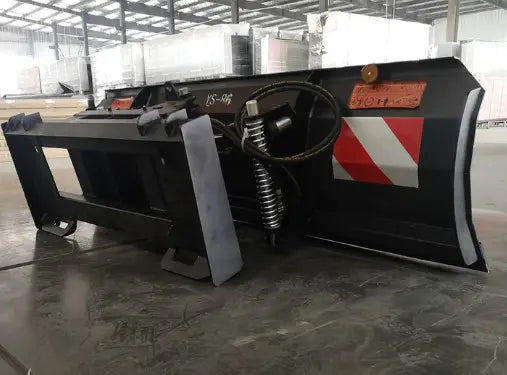
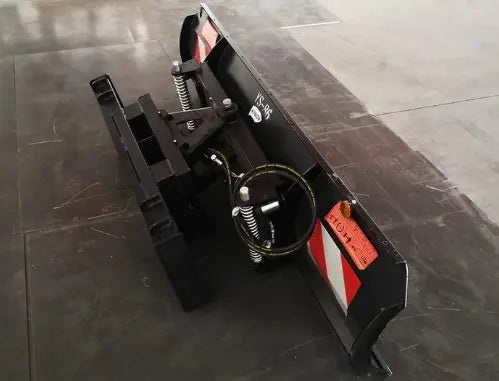
Description
The CAEL Hydraulic Snow Plow is a heavy-duty, high-performance snow removal tool. Its hydraulic system ensures smooth and efficient operation, while the robust blade made of high-grade steel guarantees durability. This easy-to-use plow with a powerful engine is designed for minimal maintenance and promises reliable, long-lasting service.
| 72″ | $1399 + TAX |
| 86″ | $1399 + TAX |
| 96″ | $1499 + TAX |
Specifications
Snow Plow 72″
| Product Dimension | 72″ x 31″ x 29″ |
| Product Weight | 330lbs |
| Product Material | Q345 Steel |
| Surface Treatment Technology | Plastic Powder Coating |
| Operating Pressure | 20MPa |
| Operating Frequency | 0.92Hz |
| Working Width Rotation Angle |
86.45″ 22° |
Snow Plow 86″
| Product Dimension | 86″ x 31″ x 29″ |
| Product Weight | 660lbs |
| Product Material | Q345 Steel |
| Surface Treatment Technology | Plastic Powder Coating |
| Operating Pressure | 20MPa |
| Operating Frequency | 0.92Hz |
| Working Width Rotation Angle |
86.45″ 28.5° |
Snow Plow 96″
| Product Dimension | 96″ x 31″ x 29″ |
| Product Weight | 727lbs |
| Product Material | Q345 Steel |
| Surface Treatment Technology | Plastic Powder Coating |
| Operating Pressure | 20MPa |
| Operating Frequency | 0.92Hz |
| Working Width Rotation Angle |
86.45″ 30° |
MANUAL FOR SNOW BLADE SKID STEER ATTACHMENT
Installation
Step 1: Install the shock-absorbing block (rubber pad) in the box in reverse, and install the left and right sides in reverse. (Fig. 1 → Fig. 2)
Step 2: As shown in the figure, a leg needs to be changed in direction. (Figure 3, Figure, 4)
Note: The user needs to change the direction of the outriggers for the first time. (Fig.3 → Fig.4)The purpose is to hang it on the loader, but after hanging up, the outriggers will fall to the ground, which will hinder the work, and you need to do the change back (Fig.4 → Fig.3). After the user has finished using it, he needs to change it (Fig.3 → Fig.4) for the next use.









